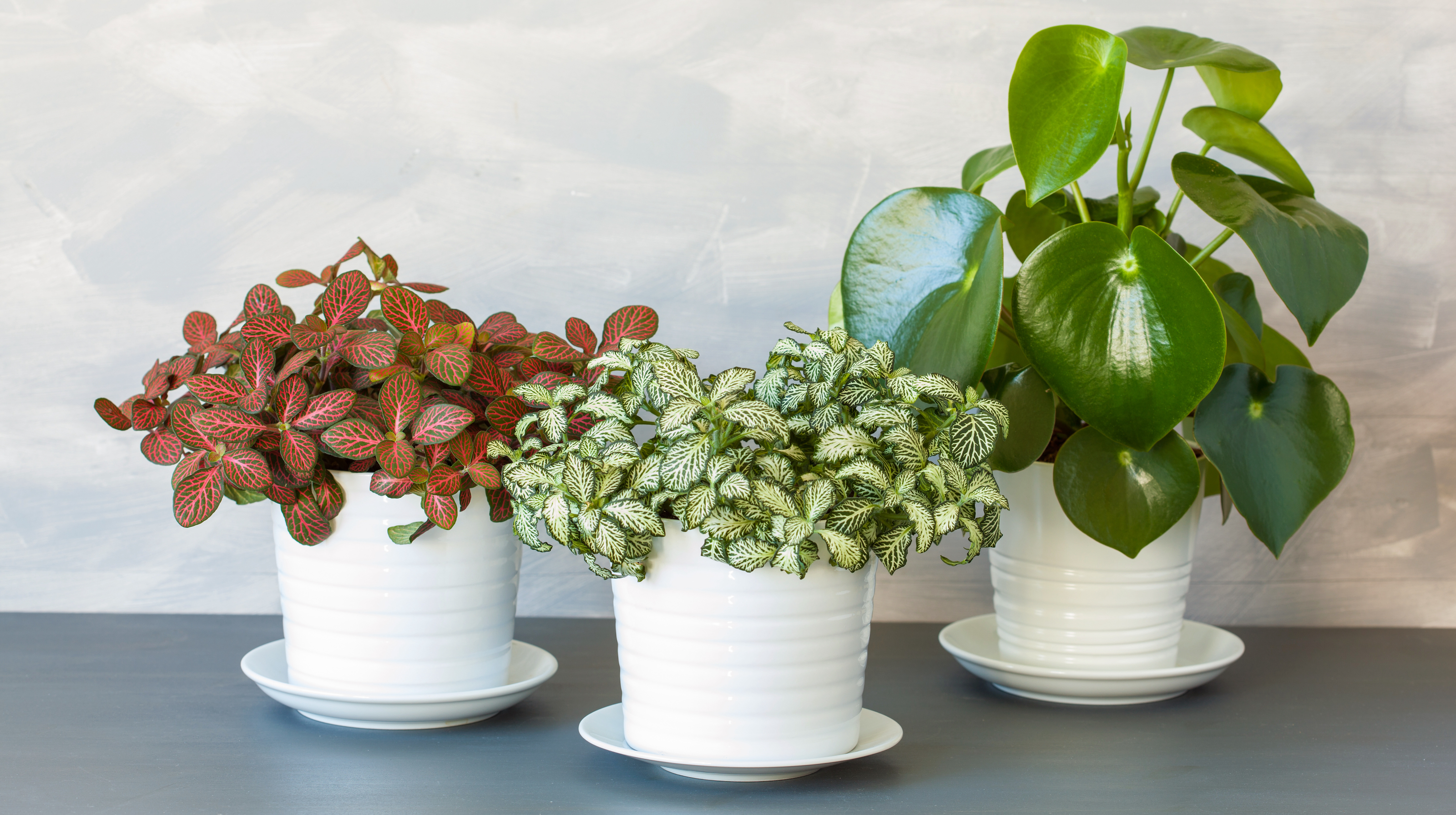
Statement trees may be a big interior design trend but they don't suit every room. There are some homes that require small indoor plants that won't overwhelm tiny spaces.
Whether it's a compact alcove in a room, or a bijou apartment, sometimes small equals better, when it comes to house plants for an indoor garden.
The thing with plants is that they grow–and we don't always realise how big. So what started as a small pot plant can soon take over your space-yes Monstera we're looking at you. So what are the plants that will remain petite?
1. Succulents
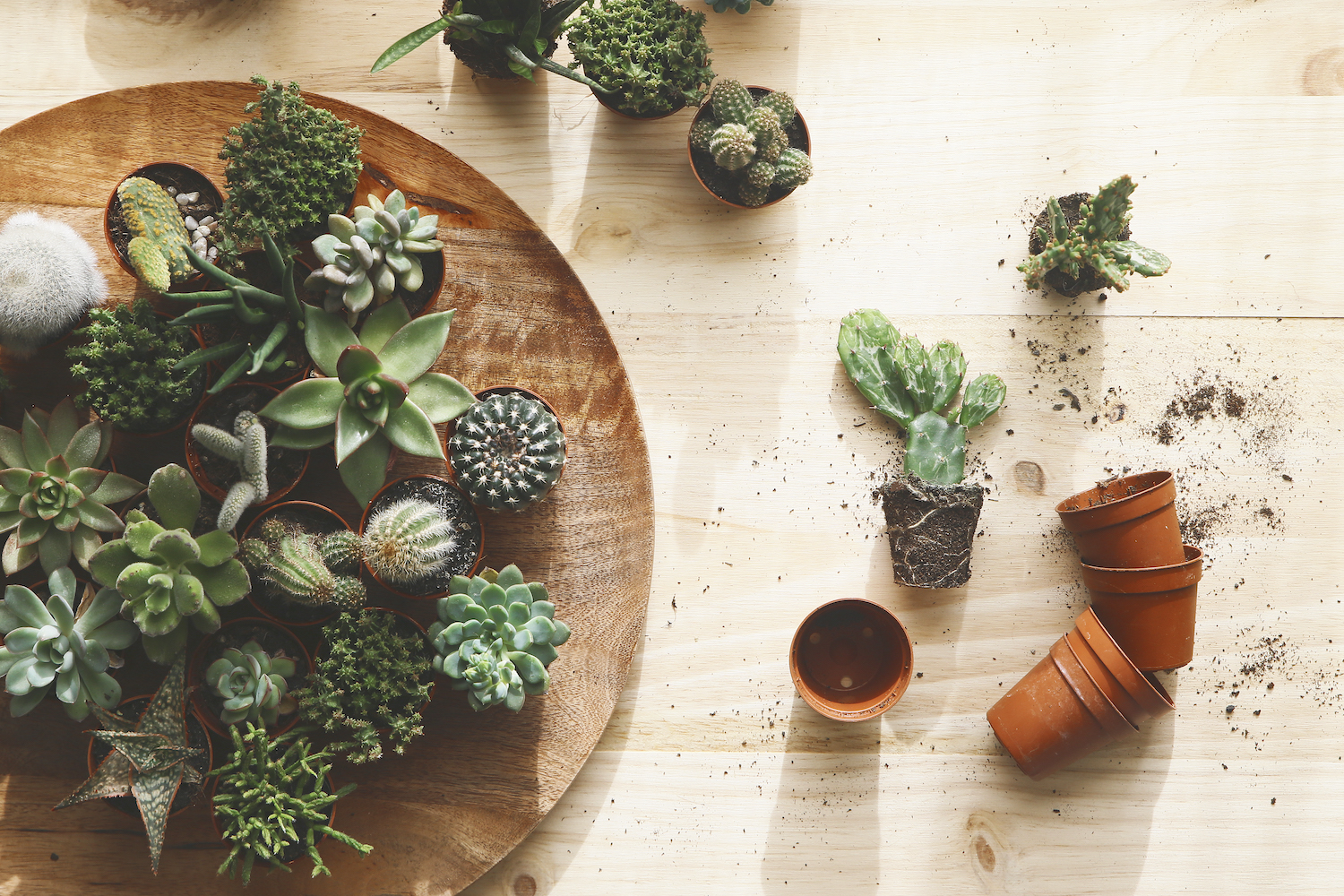
Succulents come in an array of unusual shapes and different sizes, from the small rosette shaped Echeveria Garotto to large Agaves. However, the varieties grown indoors tend to be smaller in stature.
'Succulents are slow-growing, sometimes occupying the same container for several years, so they are sure not to outgrow their intended spaces soon,' says Paris Lalicata, plant expert, The Sill.
'Depending on the variety, you can place trailing succulents in hanging baskets, or upright ones on shelves in indoor spaces. Succulents are available in a wide array of shapes, colors and even textures.
'They are low maintenance plants too. Be sure though to provide them with enough sunlight and they will reward you over the years with beautiful foliage and even flowers. A South or West window is the most ideal, but if you don’t have enough natural lighting, grow lights can work.' You'll need our guide on how to care for succulents.
2. Chinese Money Plant (Pilea Peperomioides)
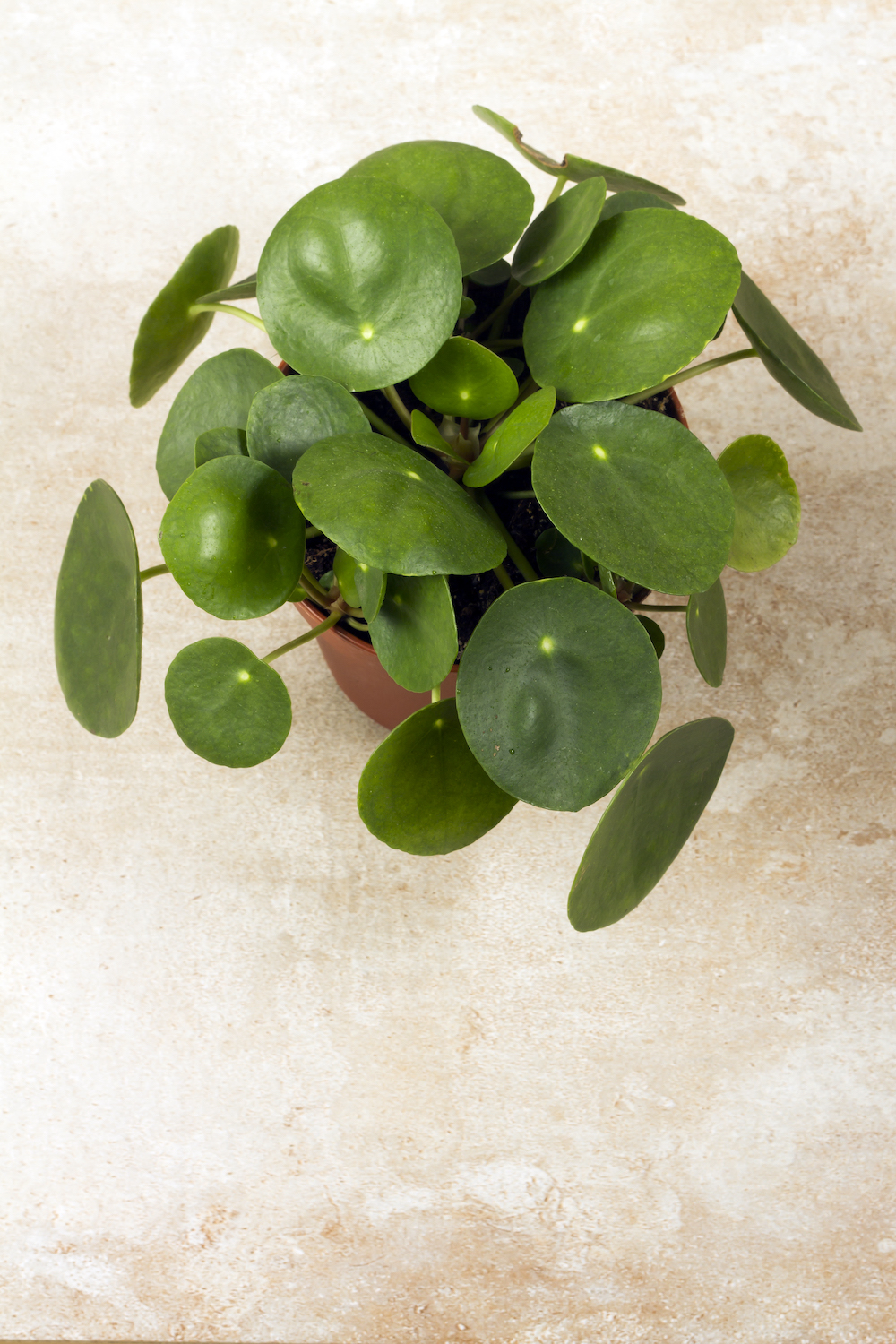
Sometimes referred to as the Friendship plant, for its easy propagation and propensity to be passed on to friends, this flat-leafed fella is more widely known as the Chinese Money plant.
It's easy to grow and pretty low maintenance too. Give it bright, indirect light and keep it evenly moist and Pilea Peperomioides will reward you with plenty of offshoots, which can be potted up and passed on.
'These plants grow to 12 inches high by 12 inches wide,' says Lisa Eldred Steinkopf, plant guru and author, Houseplants. 'They have taken the houseplant world by storm in the last few years. A petiole or stem that holds up the leaf is attached in the middle of the leathery leaf, adding to its unique character.
'Chinese money plants are usually passed from person to person, rather than bought. Even now they may be hard to find to purchase but are worth the effort.'
3. Nerve plant (Fittonia)
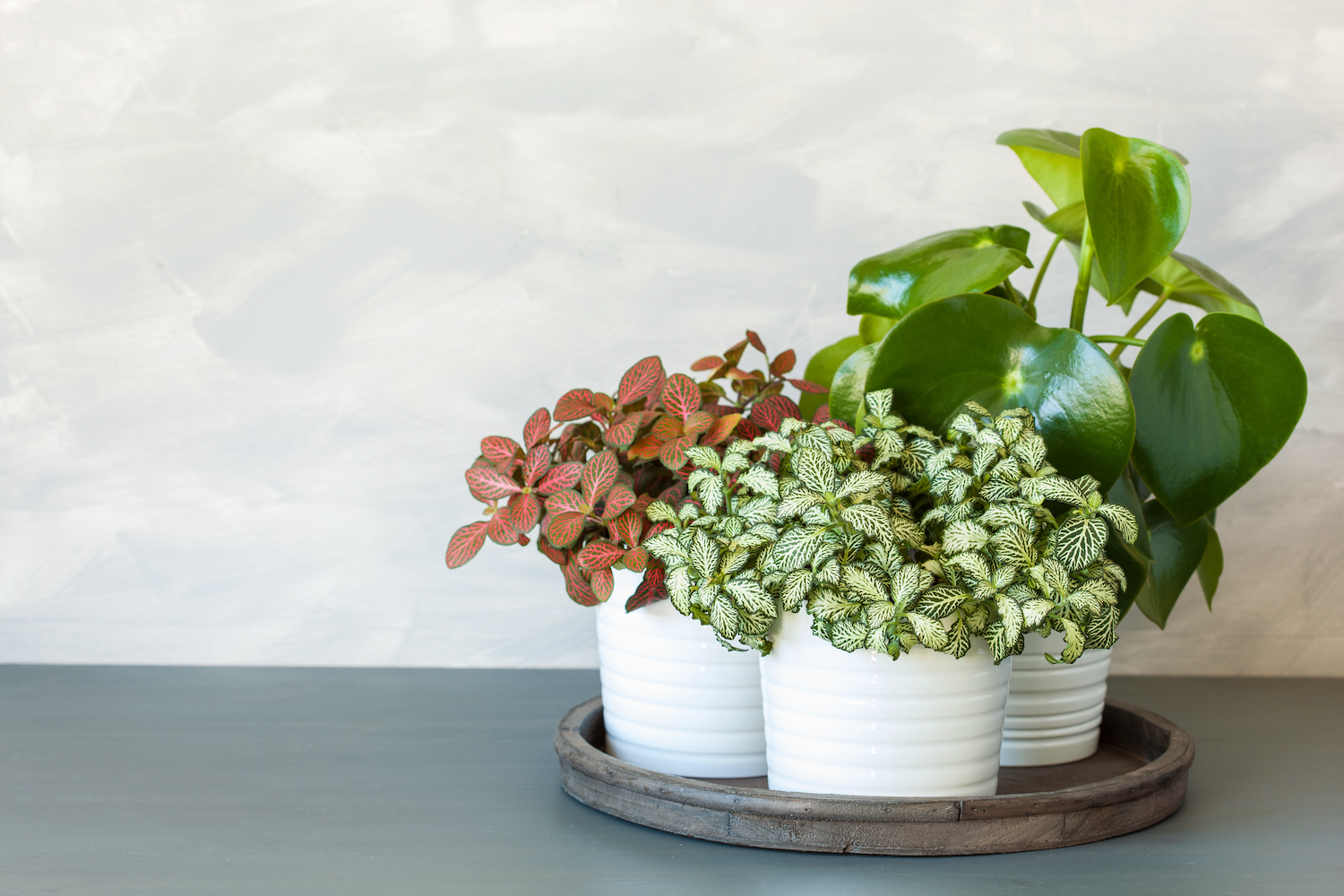
Also known as Mosaic plants, these leafy wonders make a spectacular display with their pretty colors and unusual markings. They won't grow too big either (usually up to four to five inches tall), as in the wild they act as groundcover plants. Group different types of Fittonia together for maximum impact.
'The nerve plant is grown for its heavily veined leaves,' says Lisa Eldred Steinkopf. 'Because they have thin leaves and require high humidity, a terrarium is a perfect environment.
'The patterned leaves vary from pink, white, green and red, and some even have pie-crust edges. Keep these plants evenly moist. They don't like to be too wet or they will rot. However, don't allow them to dry out either, as they will drop their leaves.'
4. Mini Orchids
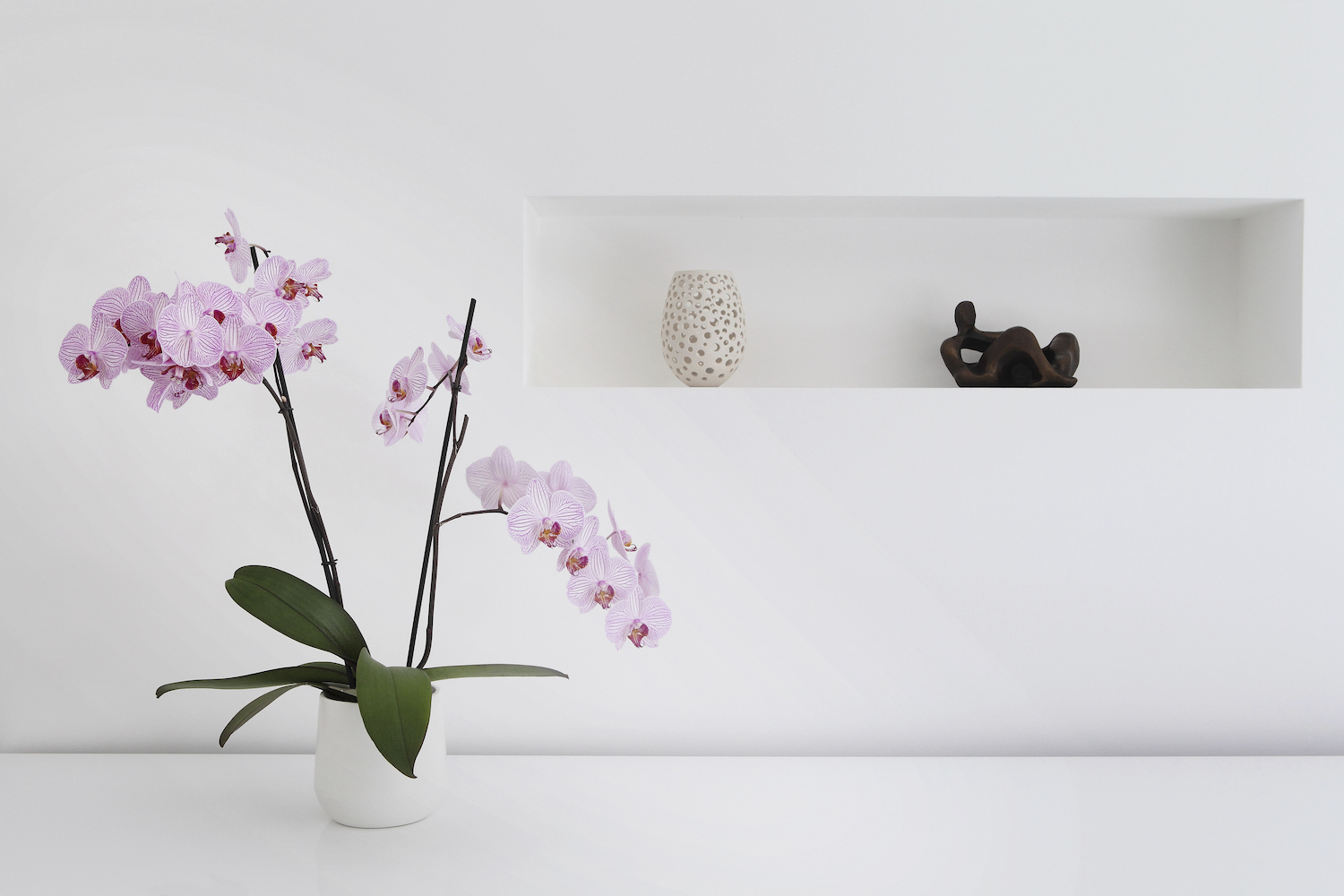
Prized for their serene beauty, orchids are attractive plants that won't outgrow their space in your home. With the right care, orchids will flower again, but will never get large enough to take over.
'Orchids are well-suited for small spaces due to their generally compact size and low maintenance requirements,' says Paris Lalicata. 'We like them because of their compact growth, with slender stems and foliage that typically doesn’t spread out widely, making them ideal for small spaces.
'They also grow vertically rather than spreading horizontally, making them suitable for narrow spaces, mantels, or small tables as long as they get bright indirect light to even some morning direct sun. Preferably in or near a West or East window or under a grow light.'
5. Air plants (Tillandsia)

These tiny, unusual 'air' plants are part of the Bromeliad family and grow on other trees in their native habitats (mostly south and central America). They have become popular as houseplants for their striking appearance, easy of care and diminutive size. Even the larger Tillandsia are rarely more than a few inches in diameter and most are smaller.
Group different types of Tillandsia together for an attractive display. And be aware that despite the name they do require water.
'Soak air plants once a week in tepid water for approximately 30 minutes, drain upside down for a short time and return them to their growing area,' says Lisa Eldred Steinkopf. 'Tap water is ok as long as it doesn't have a high chemical content. If water is allowed to sit on the plant, it may rot and fall apart.
'They love humid air, so a spot in the kitchen or bathroom is perfect if there is enough light. As the plants grow and mature, they will send out "pups". When these new plants are approximately one third of the size of the parent, they can be removed.







